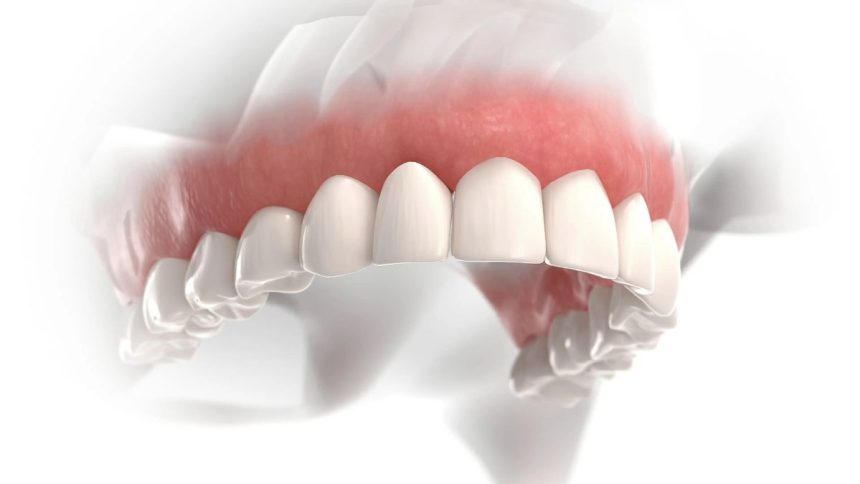Understanding the distinction between dental crowns and cosmetic shells is essential when considering restorative or cosmetic dental treatments. While both options can dramatically improve your smile’s appearance, they serve different purposes and require different levels of tooth preparation. Making an informed choice between these treatments depends on your specific dental needs, budget, and long-term oral health goals.
Many patients confuse these two options because both involve covering existing teeth with new materials. However, the fundamental differences in their application, durability, and cost make each suitable for distinct dental situations. Whether you’re dealing with damaged teeth or simply want to enhance your smile’s aesthetics, knowing these differences helps you make the right decision for your oral health.
What Are Dental Crowns?
Dental crowns are tooth-shaped caps that completely cover a damaged or weakened tooth above the gum line. Dentists recommend crowns when teeth have extensive decay, large fillings, cracks, or have undergone root canal treatment. The crown restores the tooth’s strength, shape, and appearance while protecting it from further damage.
The crown placement process typically requires two appointments. During the first visit, your dentist removes decay and shapes the tooth to accommodate the crown. They then take impressions and place a temporary crown. A dental laboratory crafts your permanent crown, which is cemented in place during the second appointment.
Crowns can be made from various materials including porcelain, ceramic, metal alloys, or combinations of these materials. Porcelain and ceramic crowns provide the most natural appearance, while metal crowns offer superior strength for back teeth that endure heavy chewing forces.
The lifespan of dental crowns ranges from 10 to 15 years with proper care. Some crowns last much longer, especially when patients maintain excellent oral hygiene and avoid habits like teeth grinding or chewing hard objects. Regular dental checkups help monitor crown condition and catch potential issues early.
Understanding Cosmetic Shells
Cosmetic shells, commonly known as porcelain veneers, are thin layers of porcelain or composite resin bonded to the front surface of teeth. Unlike crowns that cover the entire tooth, veneers only cover the visible front portion. They’re primarily used for cosmetic enhancement rather than structural repair.
Veneers excel at correcting aesthetic issues such as discoloration, minor chips, gaps between teeth, and slightly misaligned teeth. They can transform a smile’s appearance with minimal tooth preparation compared to crowns. The veneer process involves removing a small amount of enamel from the tooth’s front surface to accommodate the thin shell.
Porcelain veneers typically last 10 to 15 years, while composite veneers may need replacement every 5 to 7 years. Porcelain offers superior stain resistance and durability, making it the preferred choice for most patients despite the higher cost.
The veneer procedure requires careful planning and skilled craftsmanship. Your dentist takes precise impressions and works with a dental laboratory to create custom veneers that match your desired appearance. Proper shade selection and shape design are crucial for achieving natural-looking results.
Key Differences Between Crowns and Cosmetic Shells
The primary difference lies in coverage and purpose. Crowns completely encase the tooth, providing structural support and protection. Veneers only cover the front surface, focusing on aesthetic improvement. This fundamental difference affects when each treatment is appropriate.
Tooth preparation varies significantly between the two options. Crown preparation requires removing substantial tooth structure from all surfaces to accommodate the crown’s thickness. Veneer preparation is more conservative, removing only a thin layer of enamel from the front surface.
Cost differences reflect the materials used and complexity of treatment. Crowns typically cost between $1,000 and $3,000 per tooth, depending on the material and location. Veneers range from $800 to $2,500 per tooth, with porcelain veneers at the higher end of this range.
Durability expectations differ based on the treatment’s purpose. Crowns are designed to withstand significant chewing forces and protect weakened teeth. Veneers focus on aesthetics and may be more susceptible to damage from excessive force or trauma.
When to Choose Dental Crowns
Crowns become necessary when teeth have extensive damage that cannot be adequately restored with fillings or other conservative treatments. Large cavities, fractured teeth, or teeth with failed large fillings typically require crown coverage for long-term success.
Teeth that have undergone root canal treatment almost always need crowns for protection. Root canal treatment removes the tooth’s nerve and blood supply, making it more brittle and prone to fracture. A crown provides essential protection against these risks.
Severe tooth wear from grinding or acid erosion may necessitate crown treatment to restore proper tooth height and protect remaining tooth structure. Crowns can rebuild worn teeth to their original dimensions and protect against further damage.
For patients seeking same-day dental implants in Pittsburgh, crowns often complete the implant restoration process. The crown attaches to the implant and provides the chewing surface that replaces the missing tooth.
When Cosmetic Shells Are Ideal
Cosmetic shells work best for patients with healthy teeth who want to improve their smile’s appearance. Minor imperfections like stains, small chips, or slight spacing irregularities are perfect candidates for veneer treatment.
Teeth that are structurally sound but aesthetically displeasing benefit most from veneers. This includes teeth with permanent stains that don’t respond to whitening treatments, such as those caused by medications or excessive fluoride exposure.
Patients seeking dramatic smile transformations often choose veneers for multiple front teeth. The ability to control color, shape, and size allows for comprehensive smile makeovers that can take years off someone’s appearance.
Veneers are also suitable for patients who want to avoid the extensive tooth preparation required for crowns. The conservative nature of veneer preparation preserves more natural tooth structure while still achieving significant aesthetic improvements.
Making the Right Choice
The decision between crowns and cosmetic shells depends on your specific dental situation. If your teeth have structural damage, decay, or weakness, crowns provide necessary protection and restoration. For purely cosmetic concerns on healthy teeth, veneers offer excellent results with less tooth preparation.
Consider your long-term oral health goals when making this decision. Crowns provide comprehensive protection but require more tooth preparation. Veneers offer conservative treatment but may not address underlying structural issues.
Budget considerations play a role in treatment selection. While both options represent significant investments, the long-term value varies based on your specific needs. Crowns may offer better value for damaged teeth, while veneers excel for cosmetic enhancement.
Consult with an experienced cosmetic dentist who can evaluate your specific situation and recommend the most appropriate treatment. They can explain the pros and cons of each option based on your oral health status and aesthetic goals.
Protecting Your Investment
Regardless of which option you choose, proper care extends the life of your restoration. Maintain excellent oral hygiene with regular brushing, flossing, and professional cleanings. Avoid using your teeth as tools and consider a night guard if you grind your teeth.
Regular dental checkups allow your dentist to monitor your restoration’s condition and catch potential problems early. Professional cleanings remove plaque and tartar that can affect the longevity of your treatment.
Both crowns and veneers can provide years of beautiful, functional service when properly maintained. Understanding the differences between these treatments helps you make informed decisions about your oral health and achieve the smile you’ve always wanted.
Lynn Martelli is an editor at Readability. She received her MFA in Creative Writing from Antioch University and has worked as an editor for over 10 years. Lynn has edited a wide variety of books, including fiction, non-fiction, memoirs, and more. In her free time, Lynn enjoys reading, writing, and spending time with her family and friends.















